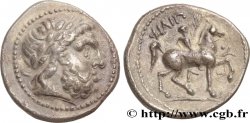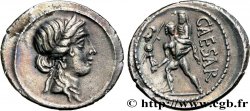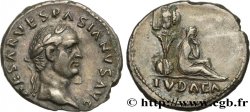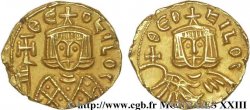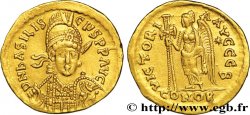Live auction - bga_644218 - DANUBIAN CELTS - IMITATIONS OF THE TETRADRACHMS OF PHILIP II AND HIS SUCCESSORS Tétradrachme “à la labrys”
You must signin and be an approved bidder to bid, LOGIN TO BID. Accounts are subject to approval and the approval process takes place within 48 hours. Do not wait until the day a sale closes to register. Clicking on "BID" constitutes acceptance of the terms of use of cgb.fr private live auctions.
Bids must be placed in whole Euro amounts only. The sale will start closing at the time stated on the item description; any bids received at the site after the closing time will not be executed. Transmission times may vary and bids could be rejected if you wait until the last second. For further information check the Live auction FAQ
All winning bids are subject to a 18% buyer’s fee.
All winning bids are subject to a 18% buyer’s fee.
| Estimate : | 1 200 € |
| Price : | 600 € |
| Maximum bid : | 700 € |
| End of the sale : | 09 March 2021 16:13:06 |
| bidders : | 1 bidder |
Type : Tétradrachme “à la labrys”
Date: c. 280-220 AC
Metal : silver
Diameter : 26,5 mm
Orientation dies : 3 h.
Weight : 13,98 g.
Rarity : R3
Coments on the condition:
Exemplaire sur un flan large bien centré avec le grènetis complet au droit. Tête de Zeus tout à fait particulière associée à la double hache dans le champ devant le visage. Frappe molle au revers avec le métal légèrement piqué. Patine de collection ancienne avec des reflets dorés
Catalogue references :
Obverse
Obverse legend : ANÉPIGRAPHE.
Obverse description : Tête laurée de Zeus à droite ; grènetis, un petite labrys (double hache) entre le grènetis l’arcade sourcilière de Zeus.
Reverse
Reverse description : Cavalier au pas à droite, tenant une palme de la main droite ; le cheval lève l'antérieur à droite, encadrée d’une torche de course et d’un caducée ; au-dessus du cavalier, la légende.
Reverse legend : FILIPP-OU/ L
Reverse translation : (de Philippe).
Commentary
Si le statère d'or de Philippe II de Macédoine a servi de prototype à de nombreuses imitations gauloises, le tétradrachme n'a pas été imité en Gaule, mais reste principal sujet d'inspiration des monnaies pour les Celtes du Danube (LT. 9697-9767, 9768-9832, 9618-9630, 9870-9886). Les premières imitations furent frappées dans le premier quart du IIIe siècle avant J.-C. La fabrication des copies serviles, puis des imitations, enfin des frappes celtiques continuèrent pendant plus de deux siècles. Le revers est connu et était donné pour l’atelier d’Amphipolis, frappé d’après G. Le Rider entre 316/315 et 294 avant J.-C. Le droit est tout à fait exceptionnel avec la présence d’une petite labrys (double hache) placée entre le grènetis et la tête de Zeus. Semble complètement inédit et non recensé. Le seul exemplaire signalé provient de la vente Numismatica Ars Classica (NAC) 78, 26-27 mai 2014, n° 167 (Mêmes coins). C’est le deuxième exemplaire signalé.
While the gold stater of Philip II of Macedon served as a prototype for many Gallic imitations, the tetradrachm was not imitated in Gaul, but remains the main source of inspiration for coins for the Danube Celts (LT. 9697-9767, 9768-9832, 9618-9630, 9870-9886). The first imitations were struck in the first quarter of the 3rd century BC. The manufacture of servile copies, then imitations, and finally Celtic strikes continued for more than two centuries. The reverse is known and was given for the Amphipolis mint, struck according to G. Le Rider between 316/315 and 294 BC. The obverse is quite exceptional with the presence of a small labrys (double axe) placed between the beading and the head of Zeus. Appears to be completely unpublished and unlisted. The only reported example comes from the Numismatica Ars Classica (NAC) 78 sale, May 26-27, 2014, No. 167 (Same dies). This is the second reported example
While the gold stater of Philip II of Macedon served as a prototype for many Gallic imitations, the tetradrachm was not imitated in Gaul, but remains the main source of inspiration for coins for the Danube Celts (LT. 9697-9767, 9768-9832, 9618-9630, 9870-9886). The first imitations were struck in the first quarter of the 3rd century BC. The manufacture of servile copies, then imitations, and finally Celtic strikes continued for more than two centuries. The reverse is known and was given for the Amphipolis mint, struck according to G. Le Rider between 316/315 and 294 BC. The obverse is quite exceptional with the presence of a small labrys (double axe) placed between the beading and the head of Zeus. Appears to be completely unpublished and unlisted. The only reported example comes from the Numismatica Ars Classica (NAC) 78 sale, May 26-27, 2014, No. 167 (Same dies). This is the second reported example







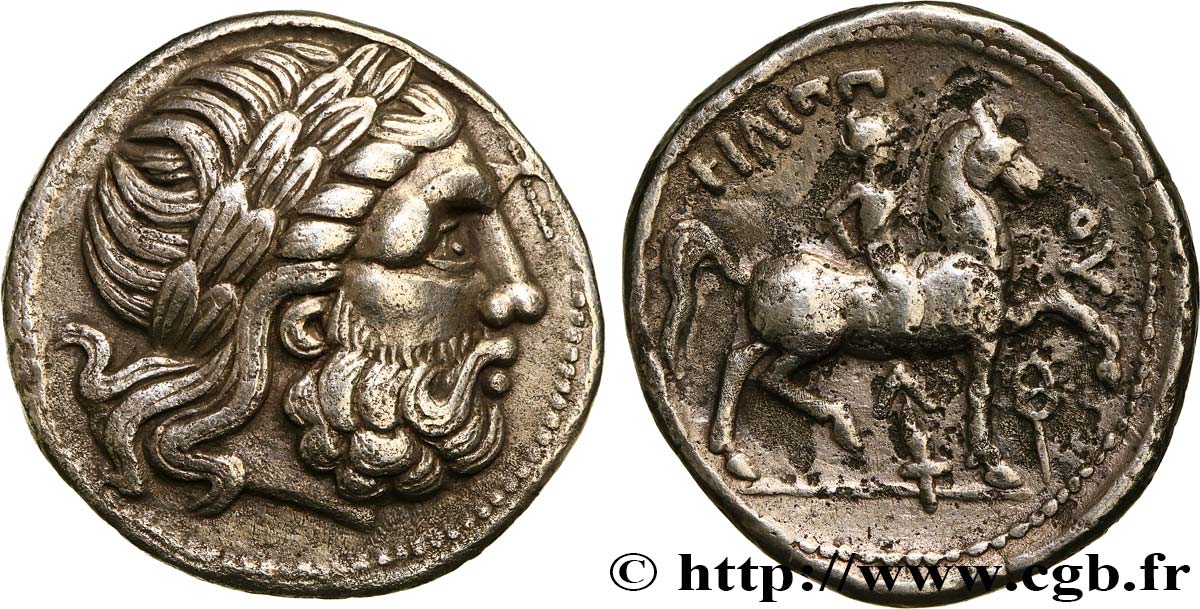
 Report a mistake
Report a mistake Print the page
Print the page Share my selection
Share my selection Ask a question
Ask a question Consign / sell
Consign / sell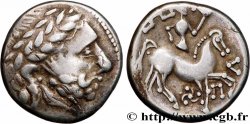
 Full data
Full data



